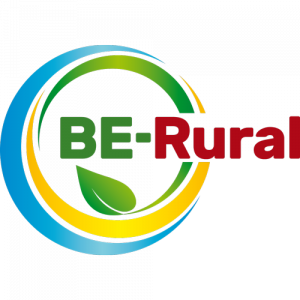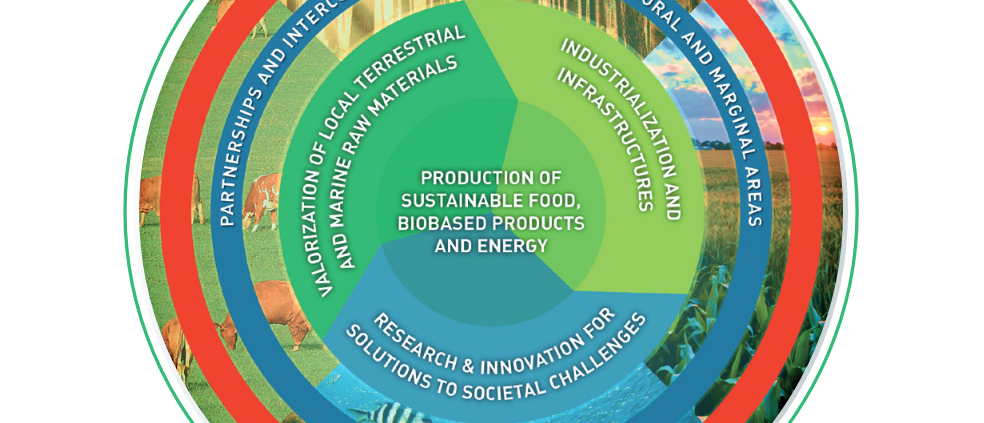Bioeconomy strategies are gaining ground
Focus on: Italy
The updated Italian Bioeconomy Strategy or – in short – BIT was published in May 2019 and is the newest member to the family of European bioeconomy strategies. With this strategy, Italy aims to achieve a truly integrated Italian bioeconomy ecosystem comprising different sectors, systems, actors and institutions. Taking a closer look at the strategy, the Italian bioeconomy includes all major sectors of primary production – agriculture, forestry, fisheries and aquaculture. It includes the sectors that are processing biological resources, such as food and drink, pulp and paper industries and parts of the chemical, biotechnological, energy, marine and maritime industries. All in all, the Italian bioeconomy currently makes about EUR 330 billion turnover per year and is responsible for approximately 2 million jobs. Until 2030 the country aims to achieve an increase of 15% of the current performance. The strategy also includes a chapter on bioeconomy in everyday life, which describes what range of bio-based products have already entered the Italian market (BIT 2019).
Eleven dedicated national bioeconomy strategies in Europe
With Italy on board, eleven countries, namely Spain, France, Italy, Austria, Germany, UK, Ireland, Finland, Norway, Latvia and Iceland have now published a dedicated bioeconomy strategy. Seven countries have strategies that are related to the bioeconomy. While bioeconomy is already high on the agenda for a while in Western, Northern and Southern Europe, the East of the continent is catching up quickly. The BIOEAST initiative (Central-Eastern European Initiative for Knowledge-based Agriculture, Aquaculture and Forestry in the Bioeconomy) is a growing coalition and currently composed of the Czech Republic, Estonia, Hungary, Latvia, Lithuania, Poland, the Republic of Bulgaria, Croatia, Romania, the Slovac Republic and Slovenia. Developing the bioeconomy is its Eastern regions is also high on the political agenda of the EU (see also the EU updated bioeconomy strategy published in October 2018).



